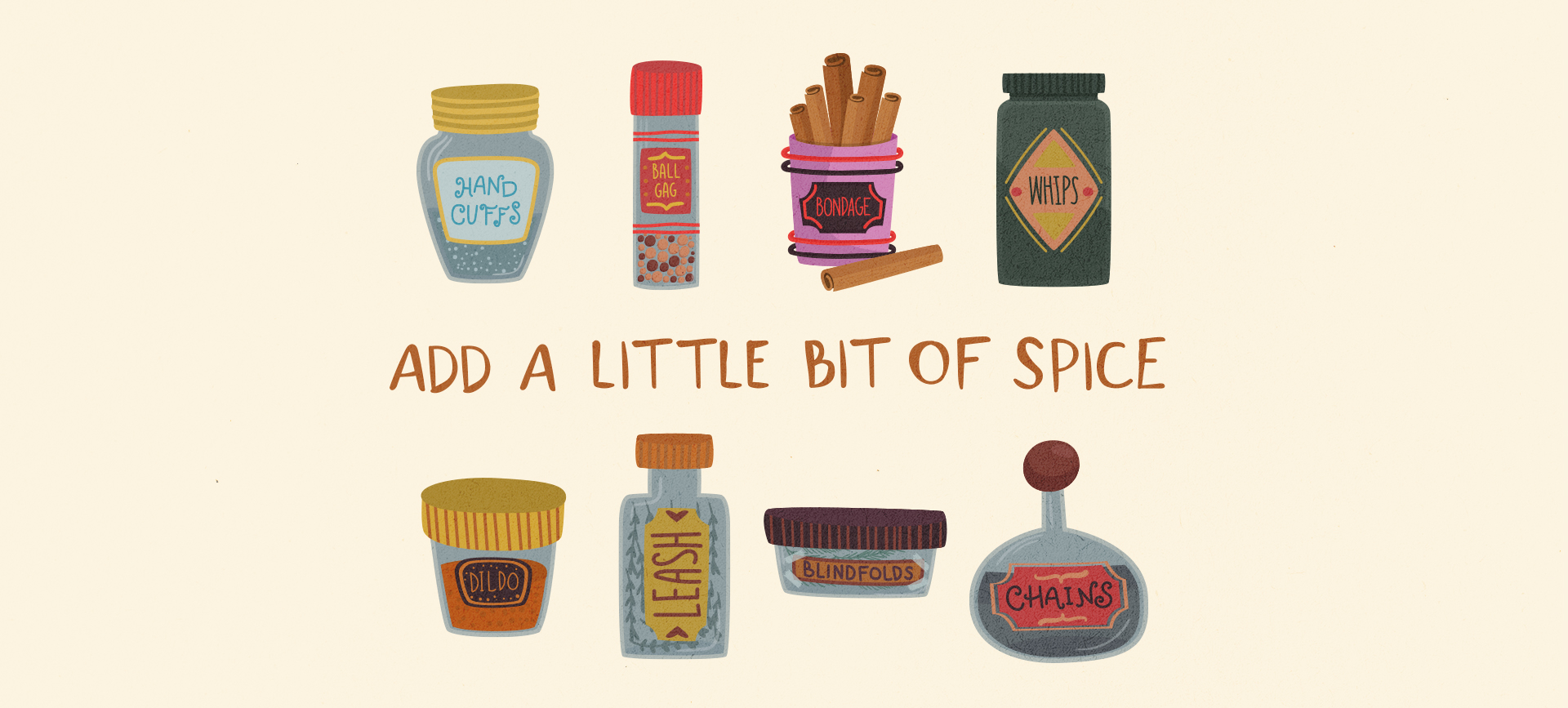Editor's note: Some of the sources for this article requested their full names and locations not be used.
The world's understanding of autism has gone through seismic shifts in the past few decades. For one, clinicians now call the condition autism spectrum disorder (ASD), thanks in part to British psychiatrist Lorna Wing, who coined the term "autism spectrum" in the 1980s.
The idea of a spectrum for autism, which includes a host of social, behavioral and communication challenges, also supports the even newer notion of ASD as a presentation of neurodiversity, a nonpathological framework for understanding certain disparities in brain function as differences instead of deficits.
Clearly, we're still growing our knowledge about autism spectrum disorder. But some of the gaps in that knowledge are glaring, especially regarding the connection between autism, sexuality and kink. While there's still little to no formal research on the relationship between these experiences, anecdotal evidence does point to common ground.
Perhaps the most obvious link between experiencing ASD and experiencing BDSM, or kinks in general, is the association with intense sensory input. (BDSM is a compound acronym that stands for bondage, discipline, dominance and submission, sadism and masochism.) People with ASD often have a heightened sensitivity to light, sound or smells. This disposition can fit well in a dungeon setting where intention and control are used.
Beau, 26, is an autistic, kinky switch whose preferred sensory experiences during a BDSM scene include impact play, restraint (such as with a harness) and sensory deprivation. Given their autism, Beau said, "Sometimes I find sensory input to be so overwhelming, and it can be nice to have that taken away from me."
This is why they especially enjoy being deprived of sight, via either blindfolds or a darkened room. Beau shared that they're so sensitive to visual input, even prescription eyeglasses can become a nuisance.
"Very often, I'll just not wear them, because having clear vision can become too overstimulating," they said.











